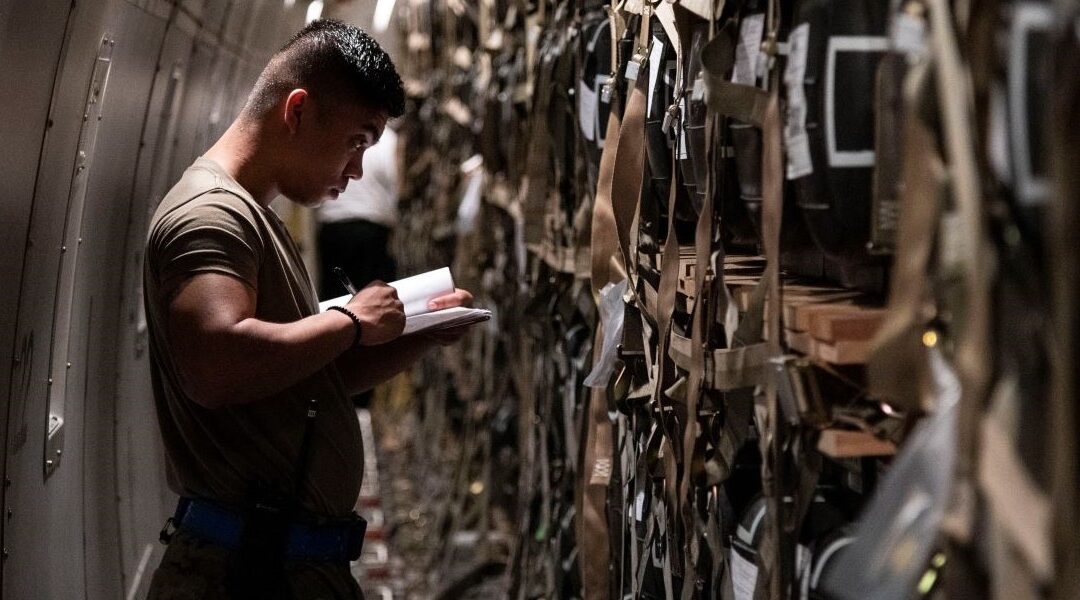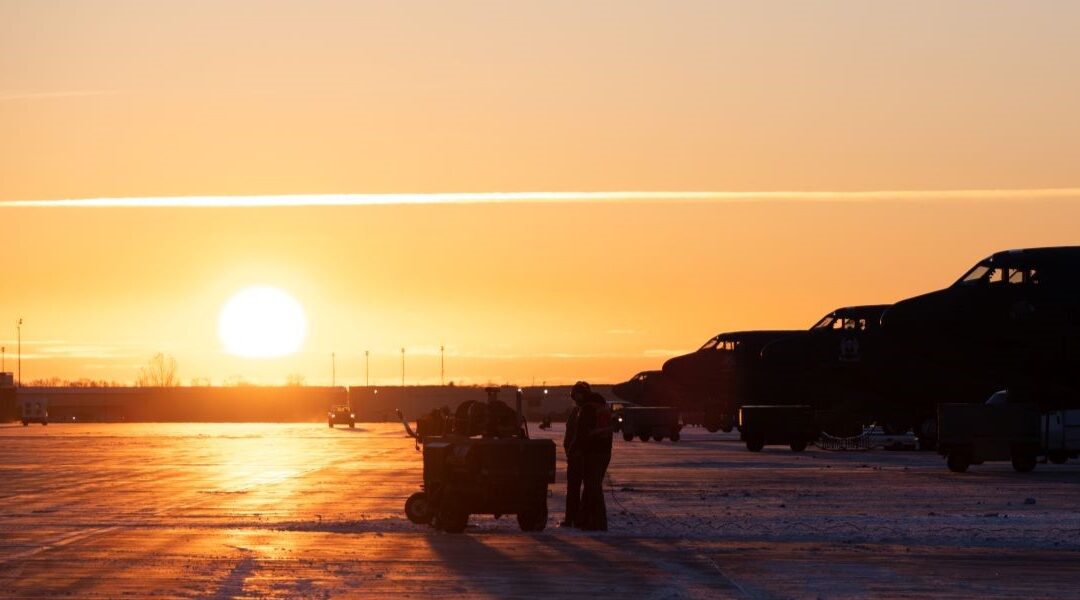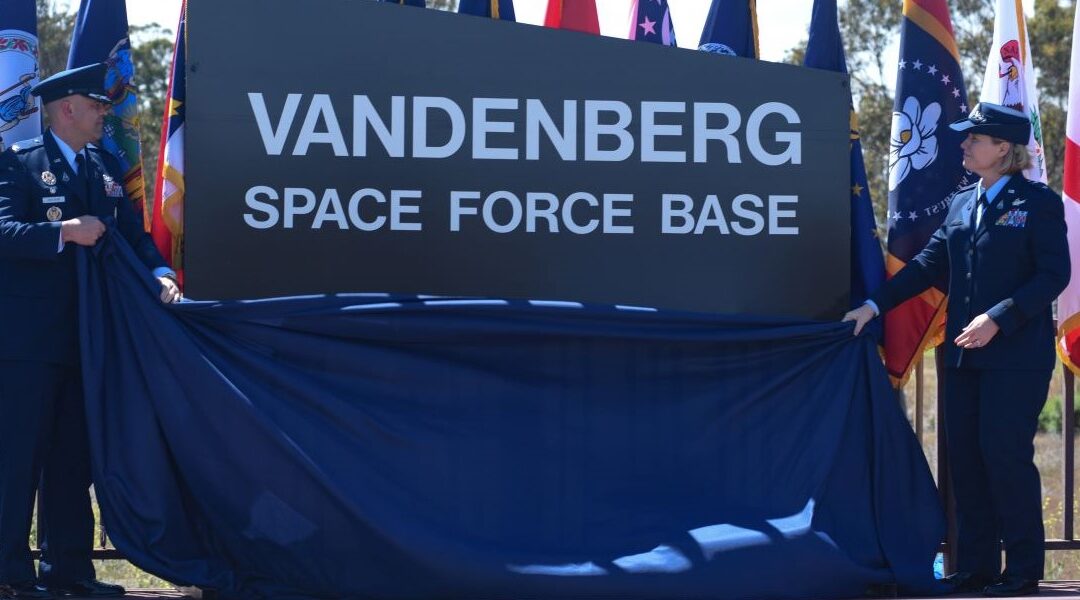The El Paso County Planning and Community Development Department in Colorado Springs, Colo., has been assessing how operations and personnel gains at the area’s five military installations are affecting local land-use decisions and are incorporating findings into its long-term county master plan, the Colorado Springs Business Journal reports.
The department, which late last year completed a countywide joint land use study, has been reviewing the study’s findings military impacts in the area and including them into a 2½-year county master plan process, making sure local military commanders are involved in the long-term planning.
Military operations and personnel increases at the installations affect land use decisions, said Craig Dossey, executive director of the El Paso County Planning and Community Development Department, according to the report.
The joint land use study was complete just as the county’s master planning process began so the joint study’s findings on military impacts helped inform the process.
Brian Potts, a planner with the Pikes Peak Area Council of Governments, managed the joint use study which explored the intersection between installations and the community and how land use and development impact military operations.
Transportation will be a major component of the county master plan, according to the report.
The joint land use plan addressed area transportation by identifying the most important routes that installations have concerns about when there is ongoing construction.
“We’re there to observe and weigh in on anything related to military installations,” Potter said.
Though the final form of the county master plan is in progress, it “should help inform what types of land uses around bases are more compatible than others,” Potter said.
The military relies upon good infrastructure and land use planning around the bases, he added.
“Since 70 percent of the people that work on our bases live in the community, obviously you can’t have one without the other,” Potts said. “So everything has to be taken as a whole and thought about in that context. Otherwise, you can end up with some things that aren’t working very well both inside the fence and outside the fence.”
“This is why there’s been a desire to do lot more discussion between civilian and military planners,” Potts said. “The military doesn’t have jurisdiction on what’s going on right outside the base line; therefore, partnerships between the military and the communities are essential.”
Photo credit: The Colorado Springs Business Journal

Senate Passes National Security Package; Pentagon Ready to Send Aid to Ukraine
The Senate passed the House’s version of a foreign aid package Tuesday night and sent it to President Biden, who said he will sign it. “A bipartisan majority in the Senate joined the House to answer history’s call at this critical inflection point,” President Biden...





